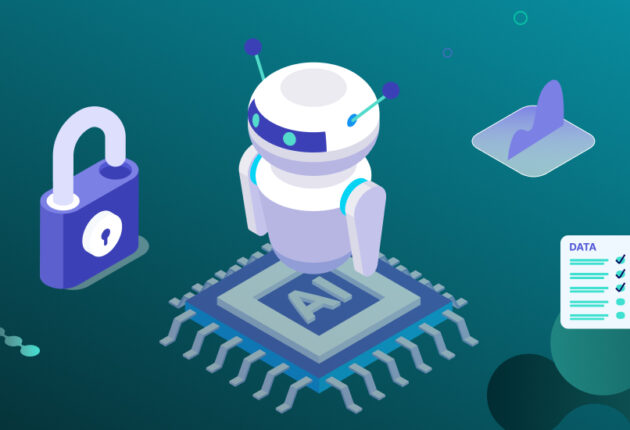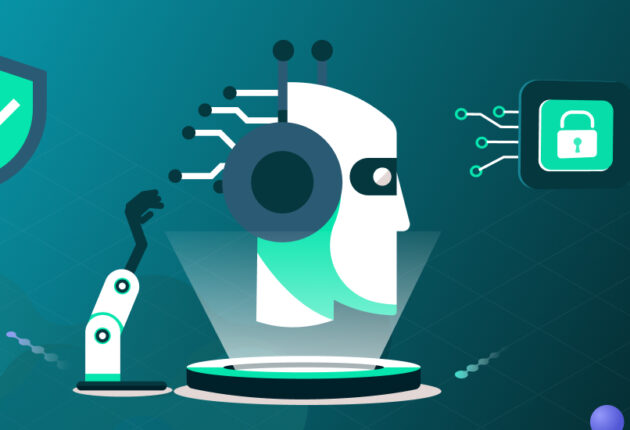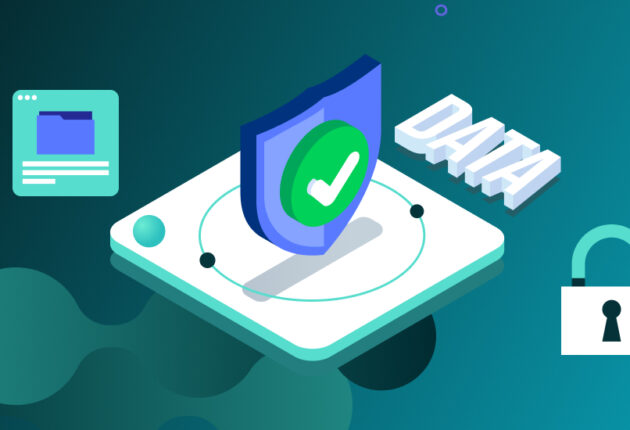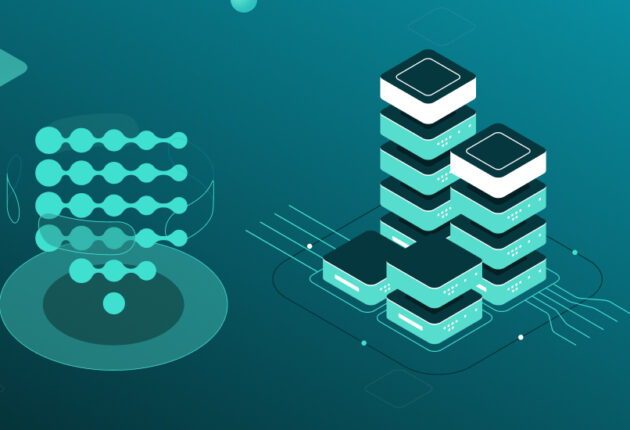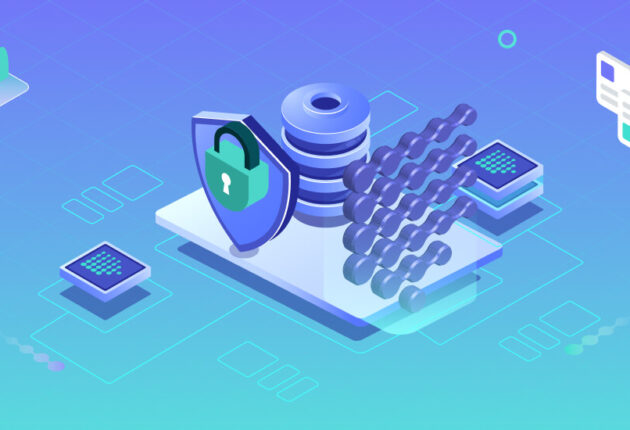You may have heard the phrase “data is the new oil.” This describes the increasing value of data in the modern world, much like oil was a valuable resource in the industrial age. Indeed, data has become a crucial and indispensable resource for various industries and businesses in today’s digital era. Therefore, it is highly important to consider how to protect and manage your data, especially when collaborating with others.
Why collaborate on data?
With the advent of data-driven technologies such as AI, machine learning, and IoT, along with the widespread utilization of cloud computing, data collaboration between companies and organizations has become more common and imperative for growing businesses and creating new opportunities. Through these collaborations, diverse outcomes can be realized, such as the development of new applications, generation of insights, creation of AI models, and formulation of predictive algorithms. Nevertheless, insecure sharing of data with other parties may result in the disclosure of private and sensitive data, jeopardizing businesses. Notice that keeping data confidential in storage is relatively easy; for example, it can be stored in encrypted form. However, to create value from data, it needs to be consumed and may even be shared with other parties if required, making protecting data in use a challenging task. Addressing this challenge is crucial to pave the way for building secure data collaborations.
Secure Data Collaboration
Making data collaborations in a secure way is a requirement due to some laws and regulations that govern the handling, storage, and sharing of sensitive information. In many jurisdictions, data protection and privacy laws, such as the General Data Protection Regulation (GDPR) in the European Union or the Health Insurance Portability and Accountability Act (HIPAA) in the United States, impose strict requirements on how organizations collect, process, and share data. Adhering to these regulations is a legal obligation and crucial for maintaining trust with customers and stakeholders. Non-compliance can result in severe penalties and damage to an organization’s reputation. Therefore, implementing robust security measures in data collaborations is essential to ensure compliance with relevant laws and regulations and safeguard the privacy and integrity of the shared information.
Having said this, privacy-preserving computation techniques have emerged as a critical solution that has the potential to fulfill secure data collaboration requirements. These techniques enable the analysis and processing of data while preserving the privacy of individual data points. Below, we describe some of these techniques.
Privacy-preserving Computation Techniques
Multi-party computation
Multi-party computation (MPC) is a cryptographic technique that enables multiple parties to jointly compute a function over their inputs without needing to disclose these individual inputs. In other words, it allows parties to collaborate on computations without revealing sensitive data.
To provide a concrete example, consider a scenario where three different hospitals aim to calculate the overall average patient recovery time across a certain period without disclosing any specific patient information. If there were no concerns or restrictions about disclosing private data, this calculation could be performed simply by obtaining each hospital’s average recovery time (rt) and the number of patients (np) involved in the calculation. With this information for each hospital, the overall average could be calculated by aggregating the product of each hospital’s average recovery time multiplied by the number of patients and then dividing the sum by the total number of patients, as formulated below:
![]()
where ![]() and
and ![]() are the number of patients and average recovery time for the hospital i, respectively.
are the number of patients and average recovery time for the hospital i, respectively.
However, parties may want to achieve this without disclosing any hospital-based information, even the average values, and this is where MPC comes into play. In a typical MPC case, each party encrypts both their average recovery time ![]() and the number of patients involved
and the number of patients involved ![]() and shares these encrypted data. An MPC algorithm calculates the given function (overall average recovery time) by performing arithmetic operations such as multiplication and addition on the shared encrypted data without decrypting and shares the output with the involved parties. In this way, MPC enables secure collaborative computation while preserving the privacy of individual hospital data. However, it’s crucial to note that information about the inputs can still be inferred from the computations. Therefore, careful consideration of the details of the implementation and protocol is essential to avoid any unintentional leakage of sensitive data.
and shares these encrypted data. An MPC algorithm calculates the given function (overall average recovery time) by performing arithmetic operations such as multiplication and addition on the shared encrypted data without decrypting and shares the output with the involved parties. In this way, MPC enables secure collaborative computation while preserving the privacy of individual hospital data. However, it’s crucial to note that information about the inputs can still be inferred from the computations. Therefore, careful consideration of the details of the implementation and protocol is essential to avoid any unintentional leakage of sensitive data.
Data Peace Of Mind
PVML provides a secure foundation that allows you to push the boundaries.

Homomorphic encryption
Homomorphic encryption (HE) is a cryptographic technique that enables computation to be performed directly on encrypted data without decrypting it. While this definition may sound similar to MPC, as explained above, some differences exist. HE allows a single party to perform computations on encrypted data independently, unlike MPC, which involves multiple parties. HE can be employed for secure data collaborations in scenarios where data is intended to be shared with another party for specific computations. In such cases, the data can be shared in encrypted form with the collaborator, allowing them to execute these computations using HE and ensuring that the data remains confidential even to the collaborating party.
There are different types of homomorphic encryption, such as partially and fully homomorphic. Partially homomorphic encryption supports either addition or multiplication operations on encrypted data, while fully homomorphic encryption allows both addition and multiplication operations. Homomorphic encryption could be a viable solution in cases where data needs to be transferred to a remote computation environment or shared with another party for conducting specific computations, all while maintaining confidentiality. The main limitation of HE is that it generally introduces computational overhead and may be slower compared to traditional, non-encrypted computations, making it less practical for certain real-time or resource-intensive applications.
Differential privacy
Sometimes, we may just need to share the statistical distribution of our data, not the raw form. Yet, how to prevent any possible deductions about individual data points from the shared statistical distribution remains a concern. Differential privacy (DP) is a non-cryptographic technique that addresses this challenge by introducing noise or perturbation to the data before sharing it. This noise ensures that the statistical information remains accurate at an aggregate level while safeguarding the privacy of individual data points.
For example, let’s consider a financial scenario where a bank intends to share statistical details of its customers’ transactions with another entity. The bank removes personally identifiable information (PII), such as names, phone numbers, and addresses, to allow the entity to work on the data with the objective of extracting insights about the business. DP can be applied in this process to prevent any unintended deductions or inferences that could reveal actual data or the owner of the data. DP disrupts data points in a way that statistical features, such as percentiles, mean, median, etc., can be kept as accurate as possible, while individual data points are distorted to varying extents depending on the degree of protection.
Another implementation of DP involves injecting noise directly into the output of a computation without altering the raw data. This approach, known as output perturbation, adds controlled randomness to the results, introducing a layer of privacy protection. By injecting noise into the output, even without anonymizing the raw data, the integrity and confidentiality of individual information are preserved. The challenge lies in striking a balance between maintaining data accuracy and providing a sufficient level of privacy, a consideration that is integral to the successful implementation of DP.
Zero knowledge proof
Suppose you want to access a secure online service or application without exposing your password. This is a scenario where the zero knowledge proof (ZKP) technique could be useful. ZKP is a cryptographic concept that allows one party (the prover) to demonstrate the knowledge of a specific piece of information to another party (the verifier) without revealing the actual information itself. The proof is achieved without disclosing any details about the knowledge, providing a high level of privacy and ensuring that the verifier gains confidence in the truth of the statement without learning anything beyond its validity.
Let’s illustrate this concept with an analogy. Imagine meeting someone unfamiliar who claims to belong to the same group as you. How can you determine if you can trust this person? Fortunately, your group possesses a secure safe, and only the group members know the confidential combination needed to unlock it. To establish trust, a typical ZKP protocol follows these steps:
- Step-I: The Verifier writes a secret message and places it in the locked safe.
- Step-II: The Prover, meeting the necessary criteria, possesses knowledge of the combination code and successfully opens the locked safe.
- Step-III: The Prover returns the secret message to the Verifier.
- Step-IV: The Verifier becomes convinced that the Prover knows the combination code and can be trusted.
In this analogy, if the unfamiliar individual is genuinely a member of your group, she would possess the knowledge of the combination code. Therefore, she could open the locked safe, retrieve your secret message, and demonstrate that she is, indeed, a trusted member of your group.
Trusted execution environment
A trusted execution environment (TEE) is a secure and isolated area within a computer system, typically a processor, that provides a secure enclave for executing sensitive operations. In the context of secure data collaboration, a TEE ensures the confidentiality and integrity of computations performed on sensitive data. When multiple parties collaborate on computations, they can leverage a TEE to create a secure and isolated space where the computations take place. This enclave protects the data and algorithms from external threats, ensuring that only authorized processes within the TEE have access to the sensitive information.
Concluding Remarks
To fully leverage the potential of data collaborations with other entities, it is essential to execute them correctly. We have touched upon some privacy-preserving computing approaches and techniques that play a crucial role in ensuring the secure sharing and utilization of sensitive information. The feasibility and efficiency of these techniques may vary depending on the use case and constraints. Implementing robust security measures and adhering to privacy-preserving methodologies not only safeguards the integrity of shared data but also fosters trust and compliance with legal and regulatory frameworks.



